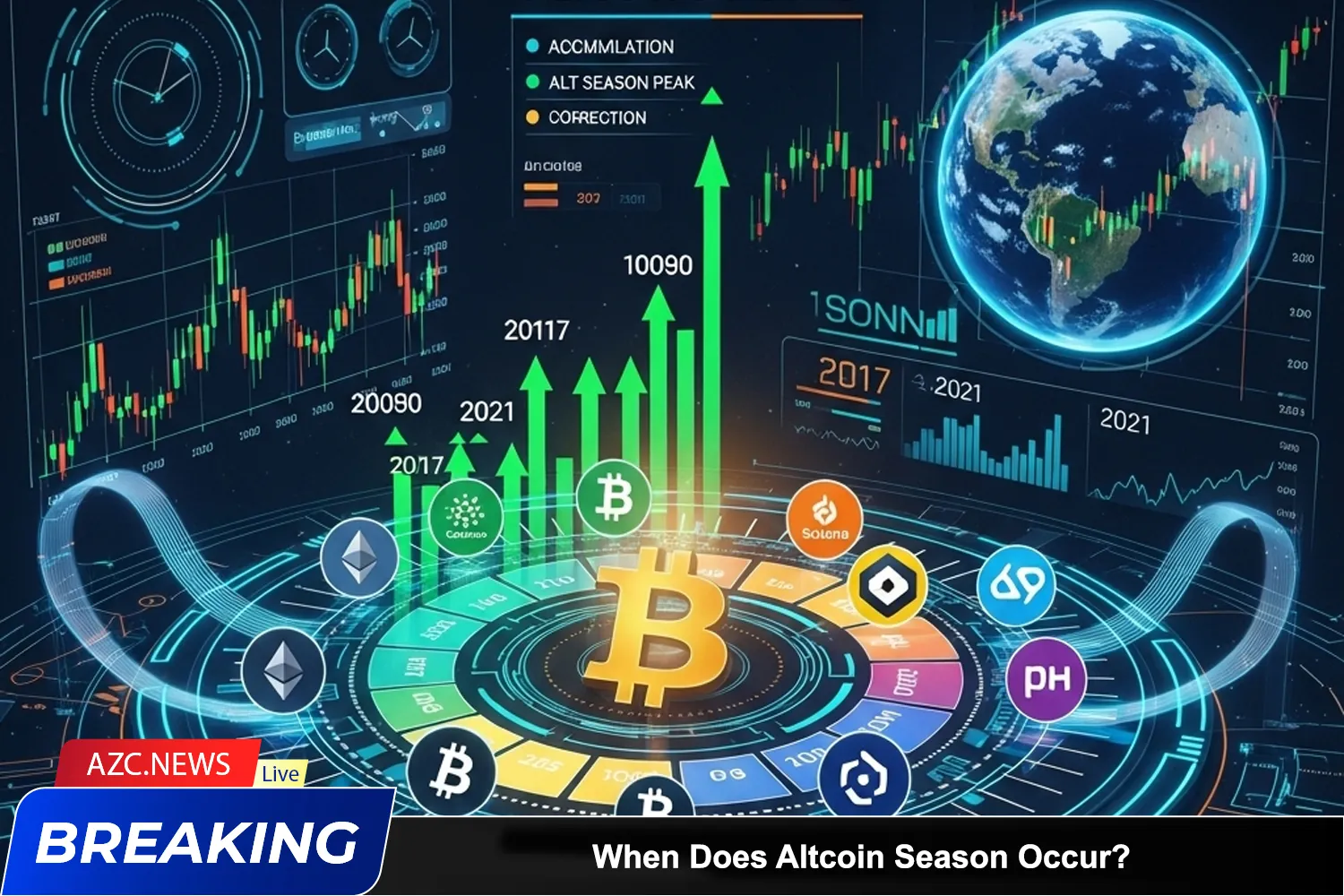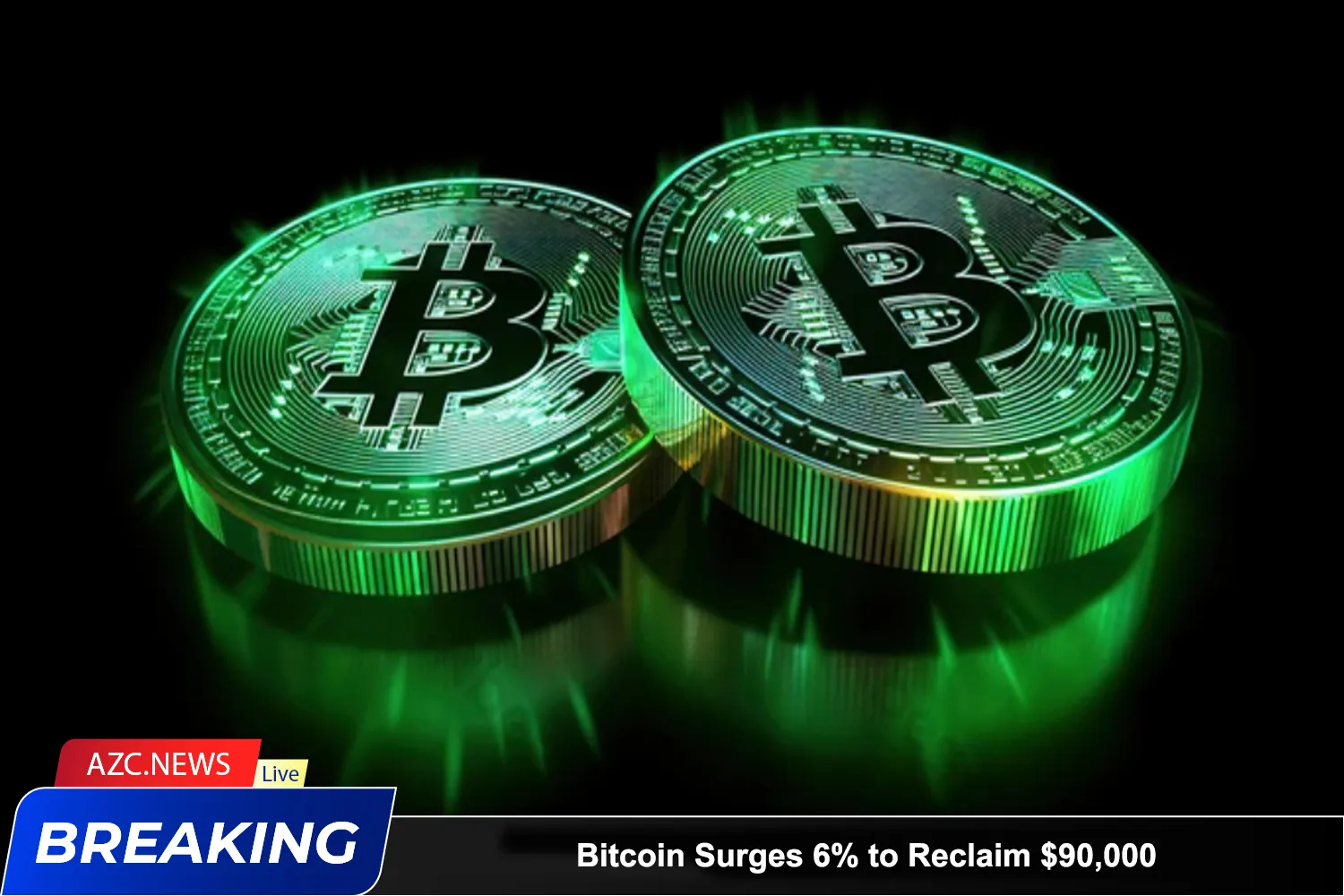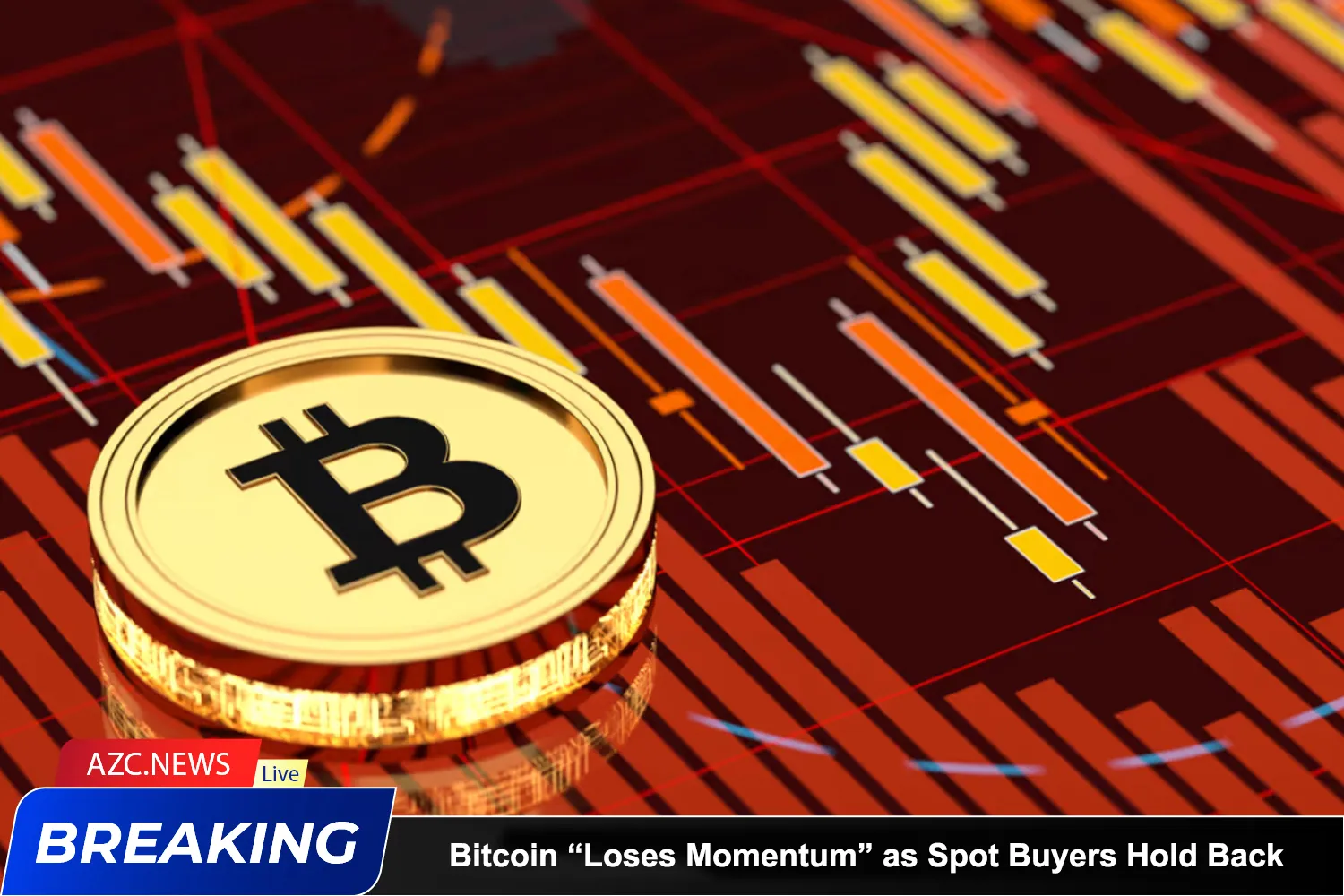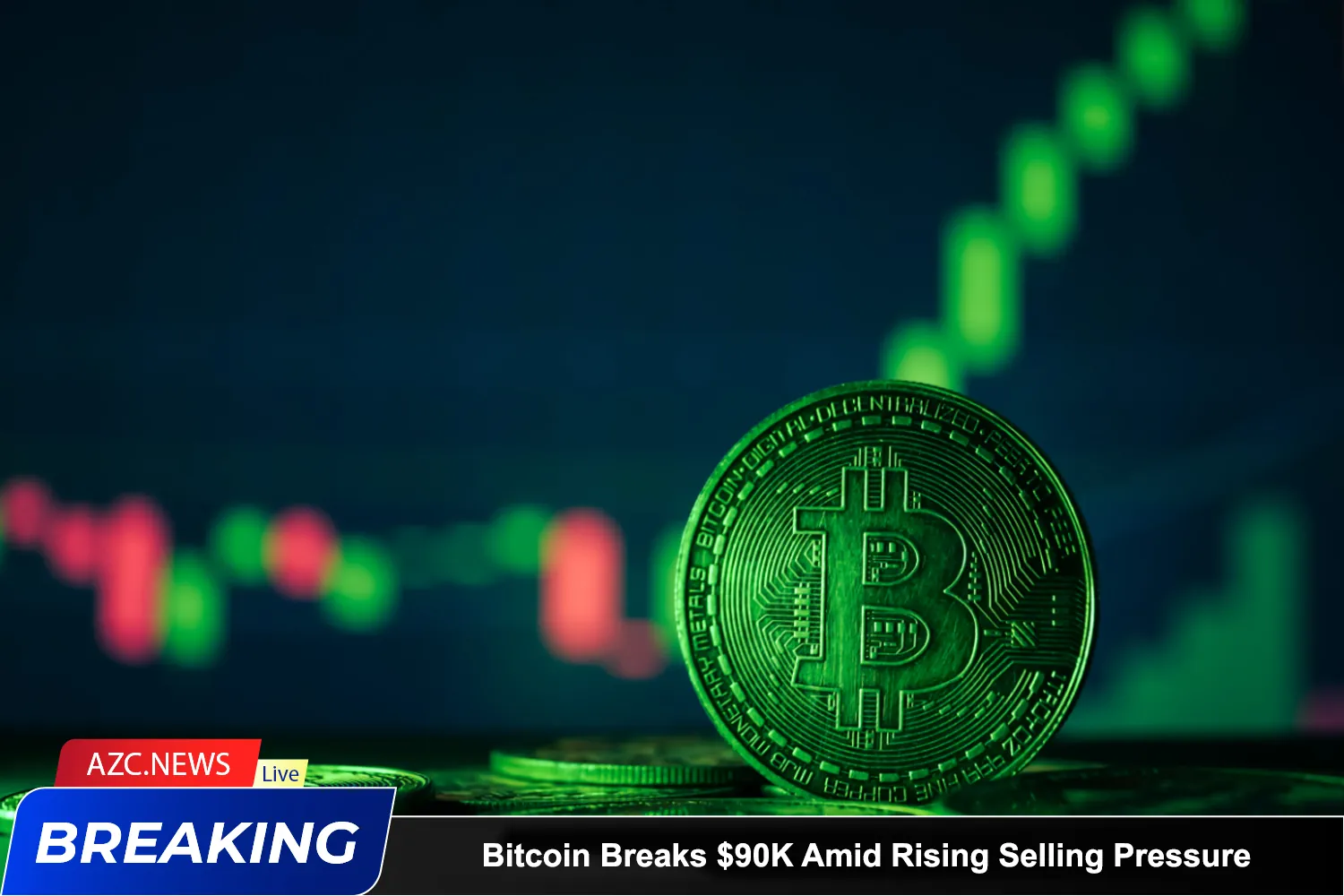History shows that altcoin seasons typically occur after a significant drop in Bitcoin dominance, as seen in 2017 and the late 2020 to early 2021 period. However, in the current cycle, Bitcoin has not only maintained its dominance but has also caused most altcoins to lose value, both in USD and compared to Bitcoin.
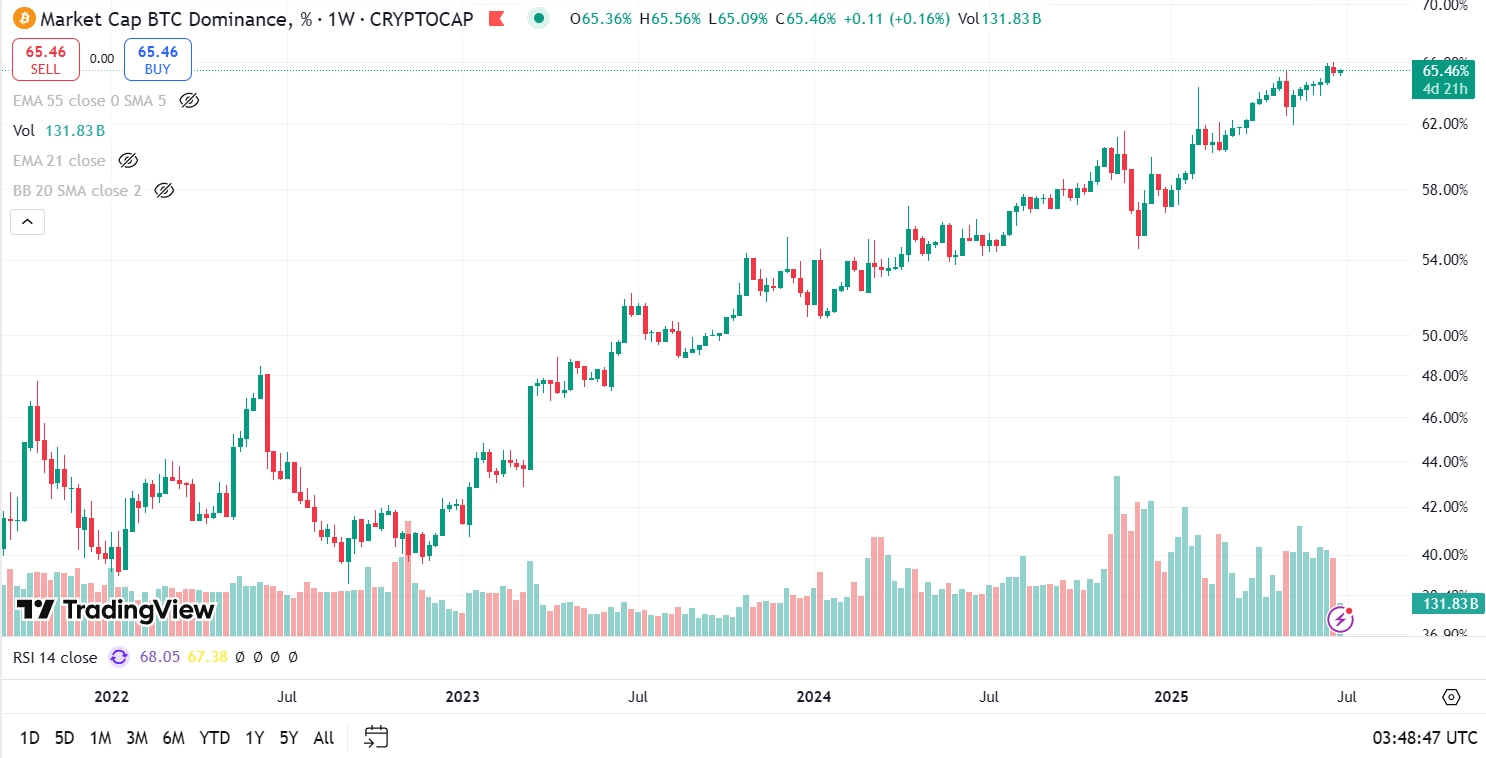
Using charts that compare the total market capitalization of altcoins (excluding Bitcoin and stablecoins) with Bitcoin’s market cap, data indicates that in previous altcoin seasons (2017 and 2021), this ratio dropped to 0.25 before altcoins surged. Currently, this figure remains at 0.31, suggesting that altcoins are still “too expensive” compared to Bitcoin. This makes the likelihood of a complete altcoin season starting in the short term challenging.
It’s also noteworthy that previous altcoin seasons were often triggered by the U.S. Federal Reserve (Fed) cutting interest rates and ending quantitative tightening (QT) policies. However, in the current cycle, the number of rate cuts has been fewer than expected, while QT continues, albeit at a slower pace. This leads to limited market liquidity, reducing the appeal of altcoins and increasing market risks.
Related: Trump Publicly Criticizes Elon Musk, Calls for Investigation into His Companies
Although some altcoins have recorded short-term price increases, the altcoin market as a whole remains weak. The current cycle, while different in sentiment, still follows familiar patterns, occurring at a slower pace. Altcoins need to decrease in value further compared to Bitcoin to reach a bottom, potentially around September or November 2025, based on historical trends.
For an altcoin season to truly kick off, additional interest rate cuts from the Fed and a complete halt of QT are needed. In a context where monetary policy remains tight and liquidity continues to favor Bitcoin, the outlook for altcoins is not promising. As long as the macroeconomic environment does not change and altcoins do not reach lower valuations compared to Bitcoin, the altcoin season may continue to be delayed.

